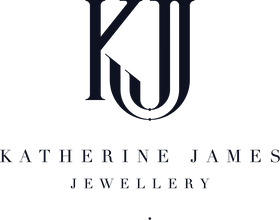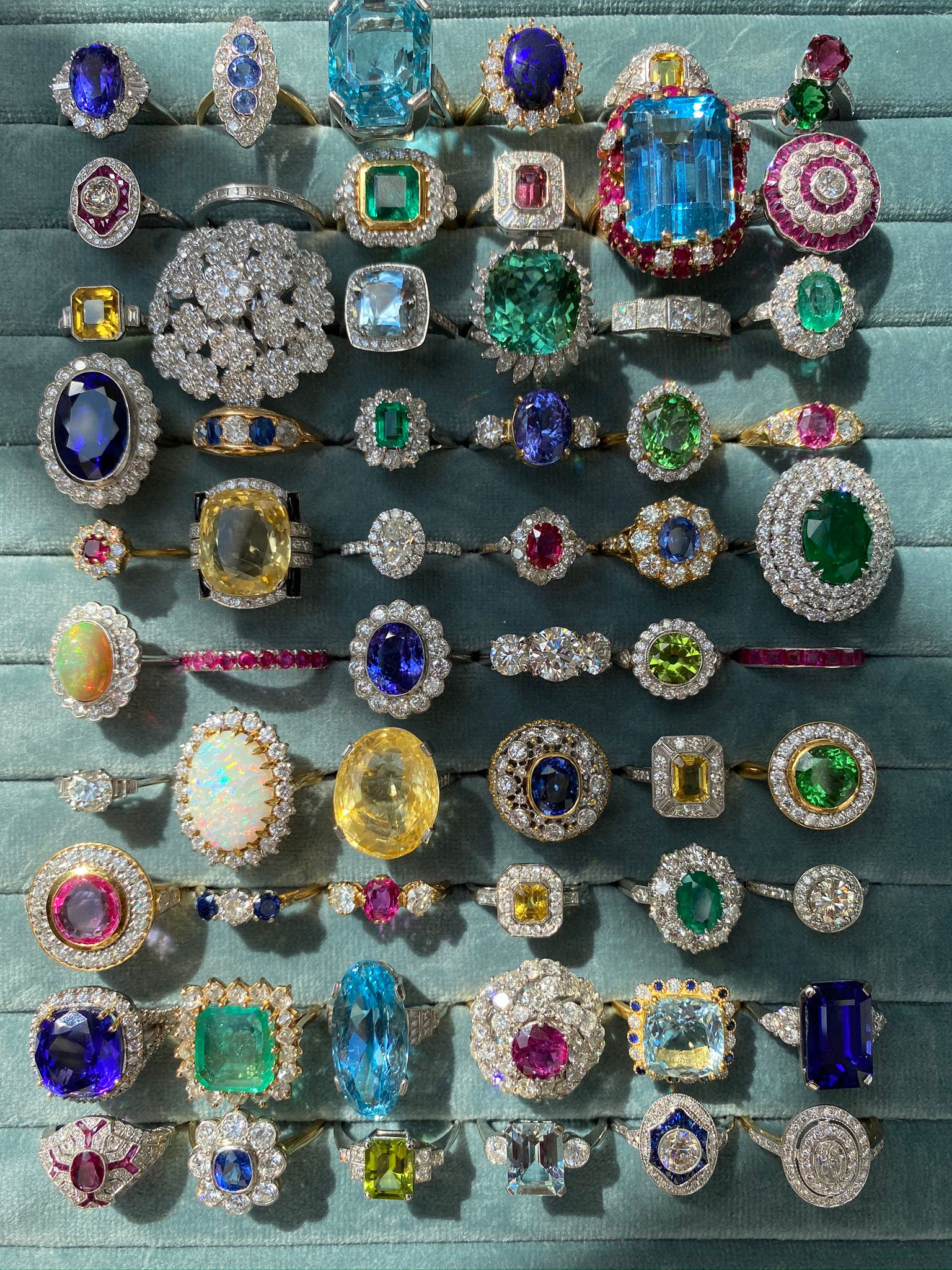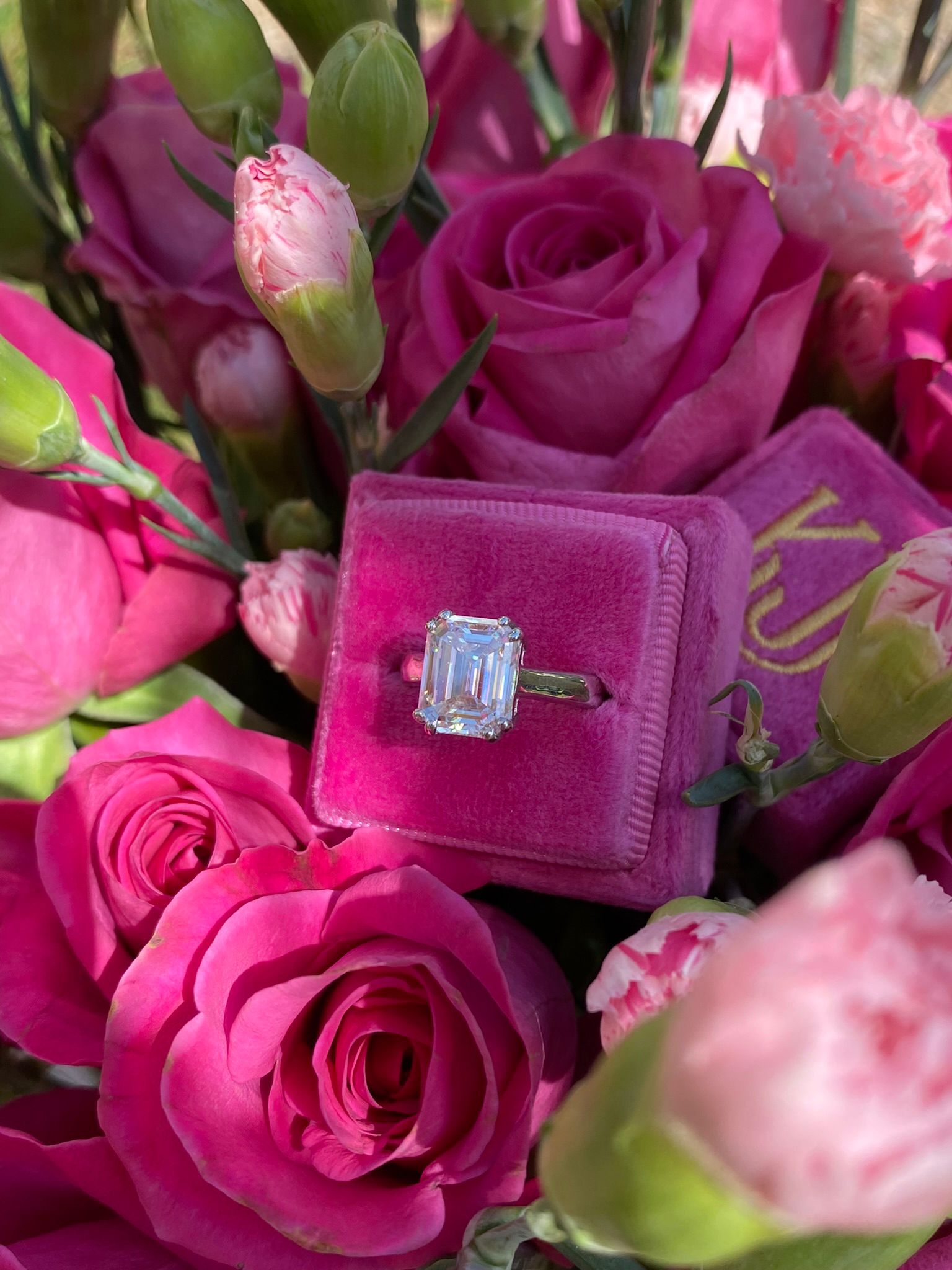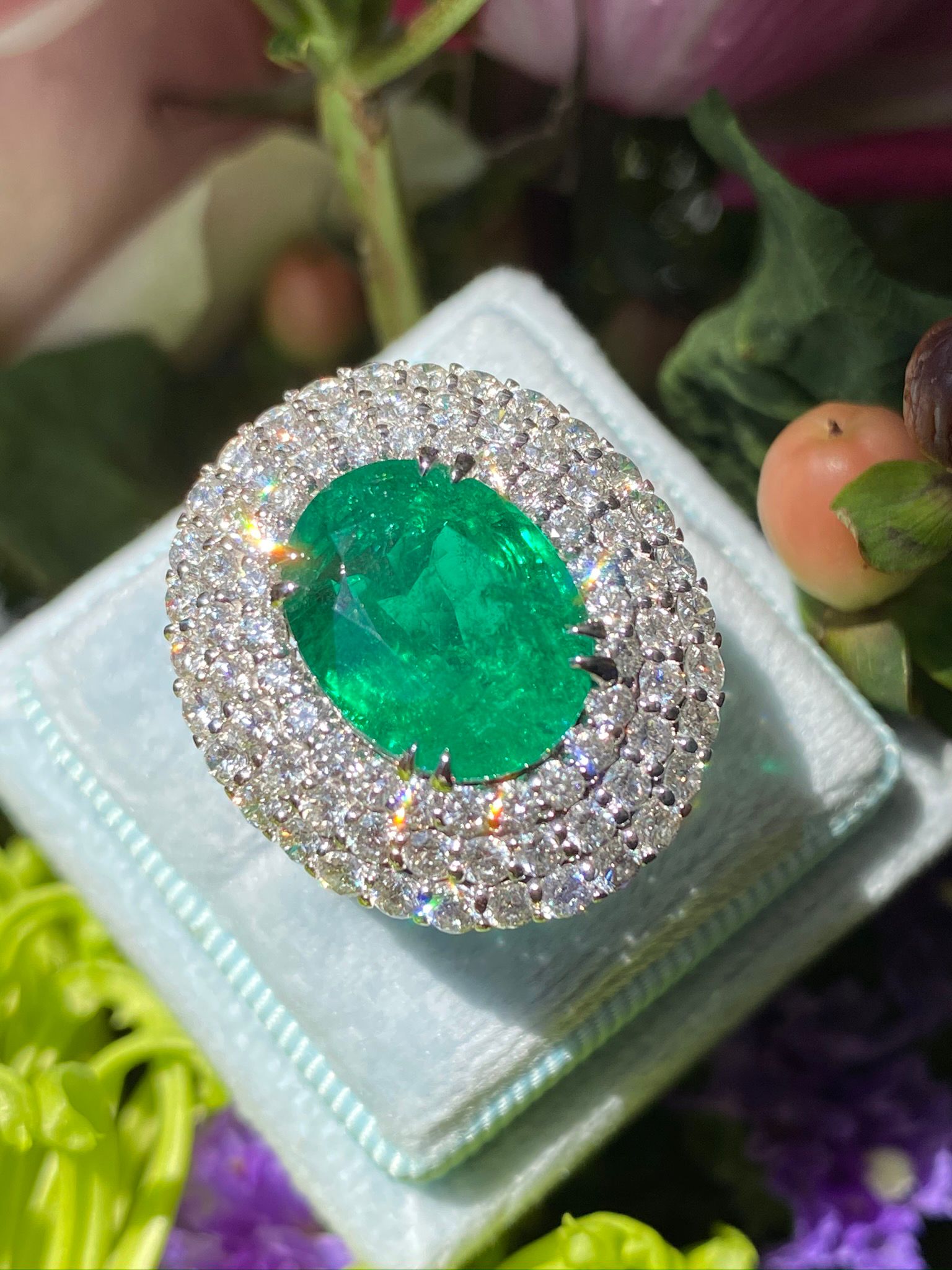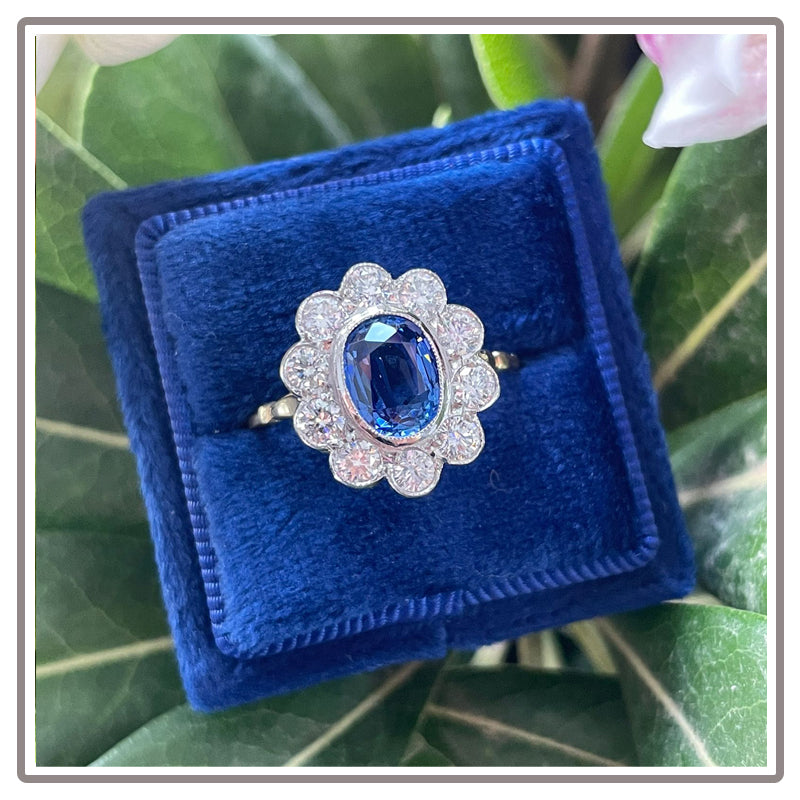Edwardian Jewels

When was the Edwardian Period?
The Edwardian period occurred from 1900 to 1915, during the reign of King Edward VII, who was known for his extravagant taste and love of luxurious things. In that vein, the upper class of the time loved to show off their wealth and status with the most extravagant jewels they could manage, dripping in the most lavish gems and fanciful settings.
What is Edwardian Jewellery?
The jewellery industry truly flourished at the beginning of the 1900s thanks to new manufacturing techniques and cutting methods, as well as the discovery of new gem sources. Thanks to the DeBeers Consolidated Diamond Mine also being established in 1888, Diamonds were widely available and relatively affordable for those of means. In fact, Natural Pearls were still considered the rarest and most expensive gem at the time, and the upper classes loved to show off their acquisitions in extra-long strings and multi-strand styles wrapped around their neck and dangling around their waist in both extra-long sautoir-style necklaces and wraparound chokers. The larger and higher quality the pearls, the better. Thus, the Edwardians for primed for lavish spending and jewel collecting and the luxury jewellers of the day, including Cartier, Chaumet and Boucheron were all too happy to oblige their ostentatious clients.
What Inspired Edwardian Jewellery Design?
The hedonistic Edwardians who were living during La Belle Époque (think endless nightly bottles of Champagne at Maxim’s in Paris) were truly inspired by what they considered one of the most epic periods of beauty, style and luxury: Louis XV’s reign at Versailles and the hyper-romantic and feminine styles of Rococo. Their preferred jewellery looks were appropriately referred to as “Garland Style,” and would have looked quite at home in the collection of Marie Antoinette. They featured ribbons, bows, floral motifs, laurel wreaths, crowns and filigree garlands. While they loved pastel colour schemes and favoured large, lace-like pieces absolutely lush with Diamonds and Pearls, any eye-wateringly expensive and hard to source gem would do, including, Rubies, Emeralds, Topaz, Peridot, Sapphires and impressive phenomenal gems, such as Cat’s Eye Chrysoberyl.
While Cartier is often credited for being one of the original design houses who advocated for what would become the ultimate in new and modern style, a.k.a Art Deco, they truly flourished during the Edwardian period and are also credited for introducing the use of Platinum in luxury jewellery. The move was inspired by the incredible weight and cumbersome nature of the Silver and Gold pieces laden with jewels—especially tiaras, which were still considered the height of fashion and worn regularly by the aristocracy (and American heiresses and aristocrat-wannabes!) Not only were the new Platinum pieces easier to form into the filigree and lacey designs of the time, they were considerably lighter and more comfortable to wear. The new use of white metal also further inspired the classic monochrome Edwardian style of ‘white on white’ with Diamonds and Pearls set only in Platinum.
How Does Edwardian Design Compare to Art Nouveau?
While Edwardian jewellery generally refers to the styles worn by the most privileged citizens of Europe and the United States, the Art Nouveau style (1890-1915) was still considered the height of fashion during this time and there is quite a lot of overlap between them. Both design styles were very feminine and delicate and featured a lot of pastel colours and whimsical motifs, including astrological symbols such as moons and starbursts, botanical motifs, birds, butterflies, dragonflies and feathers. While Art Nouveau featured a lot of enamel work, Moonstone, Opal, and seed Pearls, the wealthy clients commissioning Edwardian jewels were only interested in the finest, rarest and most costly gemstones and precious metals.
How to Shop for Edwardian Jewels
Beautiful Edwardian jewellery can often be characterized by ornate cluster and halo settings, Toi et Moi rings, filigree settings, and intricate milligraining. While Edwardian Antiques are often handmade and stunning quality, reproductions of these beautiful styles can also offer you peace-of-mind when it comes to their delicate settings, as well as modern gem cuts. Either way, the charm of Edwardian jewellery will not escape you and its beautiful details and history will add to the luxury of your jewellery collection.
Click here to read more about Art Deco and watch our video.
Shop the Edwardian Style Collection
